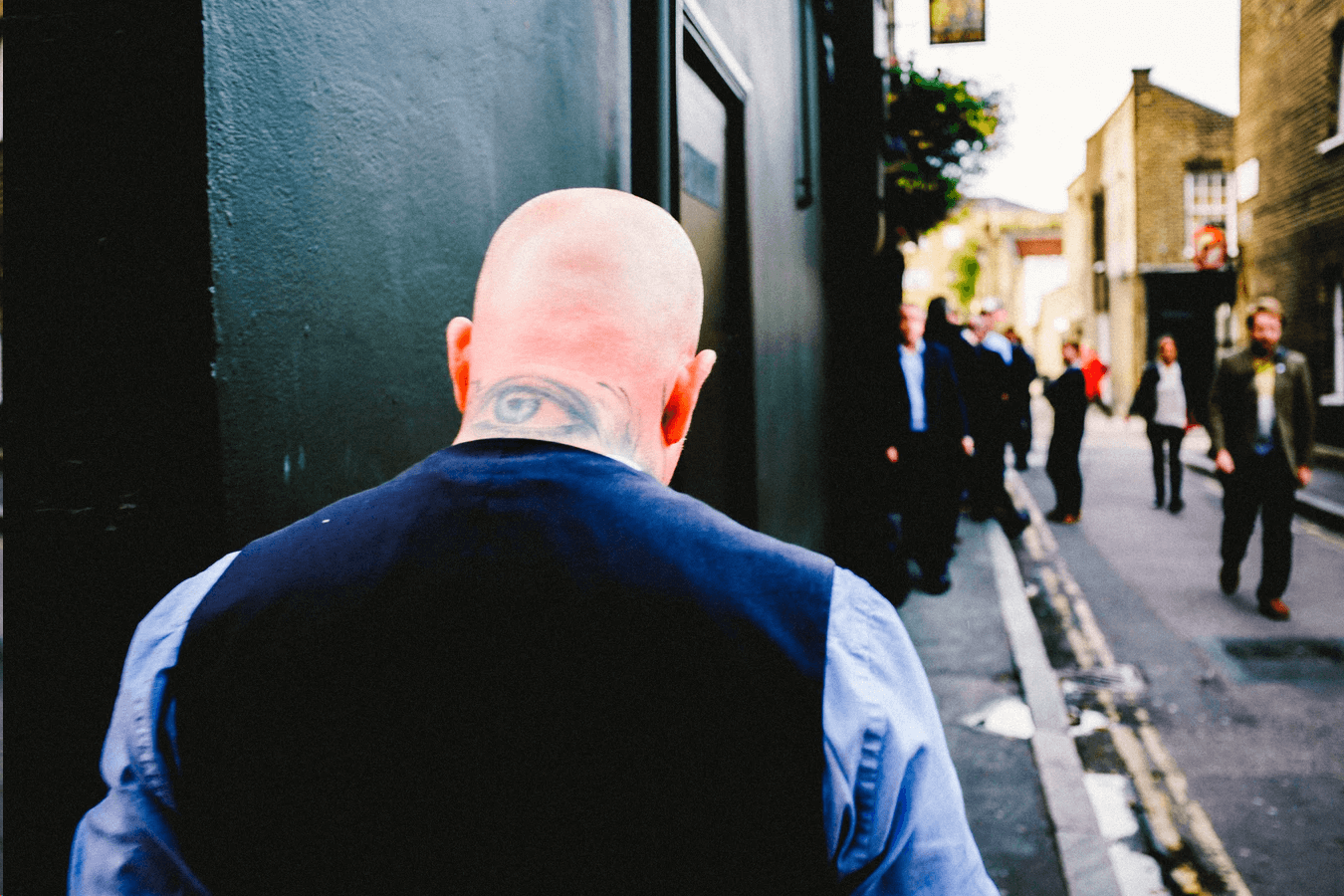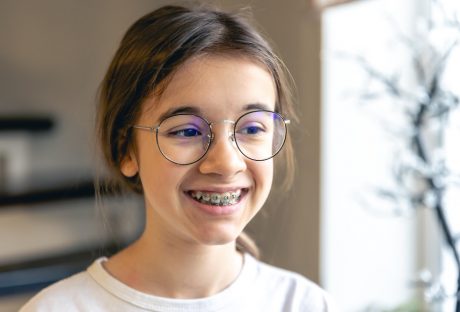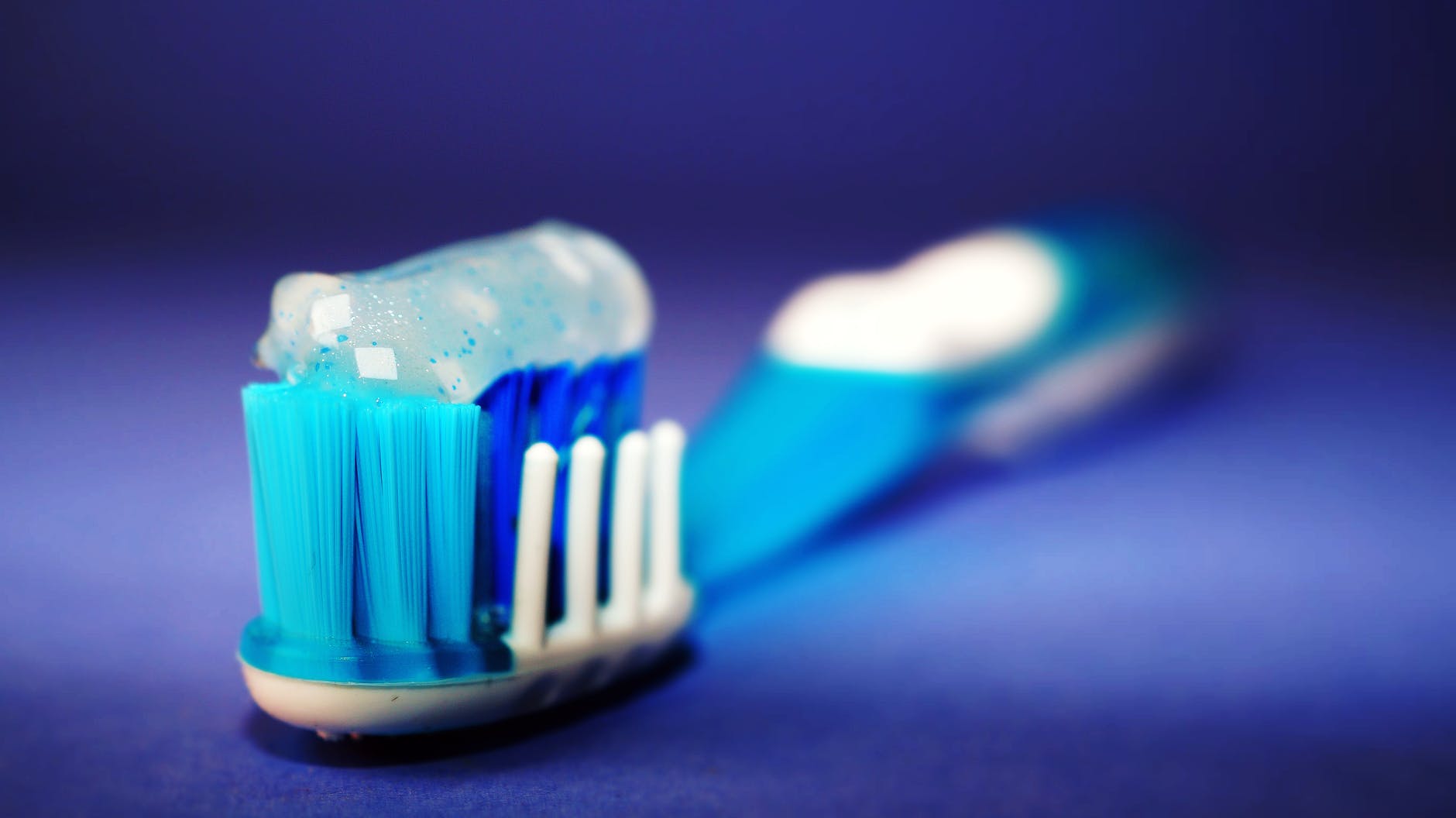Did you know that a poor sleeping schedule could increase your risk of cancer? It may be responsible for raising the risk of heart conditions, diabetes, and other major illnesses, as well as impair your immunity system. Experts have realized the importance of sleep in addressing these risks. They suggest that people should focus on improving the quality of their sleep to improve their lives. There are a large number of people who are already suffering from these conditions who may have trouble sleeping as a result. Do you have cancer? This guide can help you sleep better at night.
How does cancer interfere with sleep?

Cancer and cancer treatment can induce sleep problems even in people without a previous history of troubled sleep. You may be faced with excessive fatigue throughout the day from both your condition and treatment, which will impact your ability to get a full night’s rest. Both could increase your risk of developing a sleep condition significantly. Sleep better for your better health habits during times of cancer.
Cancer may cause both physical and emotional distress, which will affect your sleep. These can be very disruptive to your sleep patterns. The medication and treatment plans on offer for people with this condition will also cause sleep problems.
Chemotherapy and radiation treatment will often carry side effects such as pain, night sweatband nausea, which will make it difficult to sleep at night. There are many secondary conditions that may cause other sleep complications that could arise from treatment. You may also face trouble sleeping from anemia and hypothyroidism.
The most common sleep disorder among cancer patients is hypersomnia, which increases the urge to sleep throughout the day. Some symptoms of hypersomnia include having trouble staying awake, sleeping for more than 9 hours at a time and experiencing persistent sleepiness despite actually getting recommended amounts of sleep.
It is linked with certain types of cancer, but may also be a result of treatment. About one-third of cancer patients experience the reverse condition, insomnia. Some of the symptoms of this include difficulty falling and staying asleep, feeling unrefreshed after a full period of sleep and regular early mornings. Most insomnia in cancer patients arises from chronic pain, but may also result from treatment.
Cancer also increases the risk of disruptive sleep apnea and sleep-disordered breathing problems. It may be symptomized by poor concentration and memory levels, headaches, excessive sleepiness, chronic snoring, dry mouth, and sore throat, and decreased libido.
How to sleep better when you have cancer
Cancer can cause chronic pain, which will affect your sleep. You may also have a poor sleep schedule because of the treatment options which can take a toll on your body and mind. It is important that you maintain a healthy sleep routine to maximize your ability to get recommended amounts of rest every night. These are a few tips to help you sleep better when you are living with cancer.
Restore balance to your sleep/wake rhythm
You will be less likely to sleep if your circadian rhythm is compromised. Since it is affected by exposure to light, you can control your sleep/wake cycle by regulating your exposure to light. During the day, you should take in as much natural light as possible. At night, you should limit the amount of light to improve your ability to fall asleep. If you are facing increased fatigue from your treatment, you could consider healthy and energetic food options, as well as exercise, to build up your energy levels. This will help you stay up during the day and restore your natural rhythm for a better night.
Maintain a sleep schedule
You should limit your sleep to about the same length every night for consistency. Even on the weekends, you should only allow yourself at most one more hour in bed. This will help your brain build a positive association with your sleep environment, which will enable you to sleep and wake up within your schedule. You will be better able to get a good night’s rest if you have an orderly schedule to help you out.
Try out essential oils
Essential oils are great for addressing chronic pain and managing other effects of cancer. You should incorporate these oils into your lifestyle because they can alleviate some of the effects of both your condition and treatment. Essential oils such as lavender can be applied topically as a form of aromatherapy to induce sleep. Other oils such as peppermint and tea tree oil offer anti-inflammatory effects. The pain reduction and effect on snoring will help you sleep without any disruptions.
Limit blue light
Blue light exposure can confuse your brain into tanking that it is still day time. It is emitted by phones, computers and other devices with a screen. It could affect your ability to fall asleep. You should make sure to have all these devices off at least 90minutes before bed to help you sleep better.
Create a good sleeping environment
Cancer patients need an uninterrupted night. However, this can be difficult because of the pain and other effects of treatment. You can improve your ability to get a full night’s rest by improving the level of comfort in your sleep environment. You could consider getting new mattresses, sheets and pillows to elevate your level of comfort. Visit bear mattress for a great selection of comfortable options. Aside from having comfortable sheets, warm pillows and a great mattress, you may also need to limit your exposure t light and noise to help you get to sleep. Some music could help you sleep better, but care must be taken to ensure it is not disruptive and accompanies your night. You could also consider natural and patterned sounds to help you fall asleep.
Final word
Sleep is restorative and beneficial for your health. It has been linked with an increased likelihood of successful cancer treatment; with people who sleep better likely to go into remission. Having as little as 6 hours or as much as 10 hours of sleep in a 24-hour period could negatively affect your ability to beat cancer. You need to develop and commit to a great sleeping schedule to increase you odds of survival. Sleep quality and hygiene could be just as integral to your survival as a good diet and treatment plan.
Read Also:






















